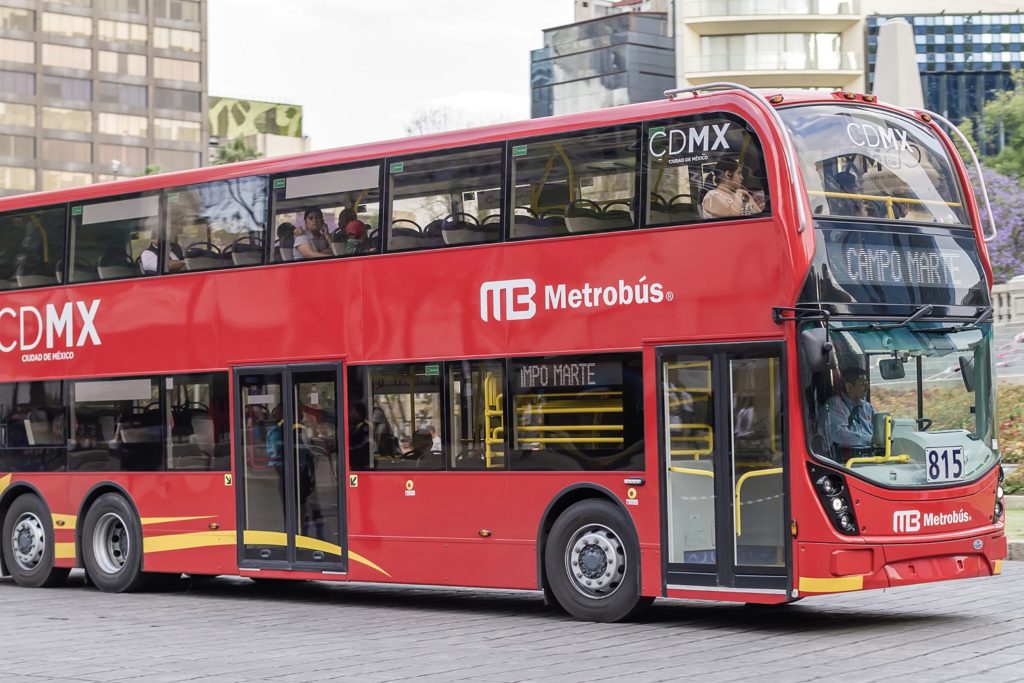
Mexico City is the capital and most populous city in Mexico, with a population of over 21 million people. As a result, the city’s public transportation system is crucial to the daily lives of its residents. One of the most important components of this system is the bus and rapid transit system, which is made up of several different types of buses and metro lines.
The bus system in Mexico City is one of the most extensive in the world, with over 8,000 buses operating on over 300 different routes. The buses are operated by several different companies, but they all use the same fare system and have similar amenities such as air conditioning and wheelchair ramps. The most common type of bus in Mexico City is the microbus, which is a small bus that can carry around 25 passengers. These buses are known for their speed and agility, as they can navigate through the city’s crowded streets with ease.
Another important component of the bus system in Mexico City is the metrobus, which is a larger bus that runs on dedicated lanes and stops at special stations. The metrobus is similar to a light rail system, and it is designed to move large numbers of people quickly and efficiently. The first metrobus line opened in 2005, and there are now several lines in operation, including Line 1, Line 2, and Line 3. The metrobus is a popular choice for commuters, as it is faster and more reliable than traditional buses.
The rapid transit system in Mexico City is made up of 12 metro lines that run throughout the city. The metro is a safe, fast, and efficient way to get around the city, and it is also one of the most affordable modes of transportation. The metro is also known for its cleanliness and accessibility, as all stations are equipped with elevators and escalators. The metro is also a great way to avoid the city’s notorious traffic, as it runs underground and aboveground, making it possible to get around the city quickly and easily.
One of the most popular metro lines is Line 1, which runs from the north to the south of the city. This line is known for its historical significance, as it was the first metro line to open in Mexico City in 1969. Line 1 is also known for its beautiful stations, which feature murals and mosaics by famous Mexican artists. Another popular line is Line 2, which runs east to west and passes through some of the city’s most important landmarks, such as the Zocalo, the main square in Mexico City.
The bus and rapid transit system in Mexico City is an essential part of the city’s infrastructure, and it plays a vital role in the daily lives of its residents. The bus system is extensive, efficient, and affordable, making it an excellent option for getting around the city. The metro is also a great choice for commuters, as it is fast, reliable, and accessible. Both the bus and metro systems are constantly undergoing improvements and expansion, making them even more efficient and convenient for the city’s residents.
In recent years, the city has implemented several new measures to improve the bus and metro system, such as the use of smart cards for fare payment and the installation of surveillance cameras on buses and metro cars. These measures have helped to improve safety and security for passengers, and have also made it easier to pay fares and navigate the system.
The bus and rapid transit system in Mexico City is a vital part of the city’s infrastructure, and it plays a crucial role in the daily lives of its residents. With its extensive network of buses and metro lines, the system provides an efficient and affordable way to get around the city. The system is also constantly undergoing improvements, making it even more convenient and reliable for the city’s residents.
